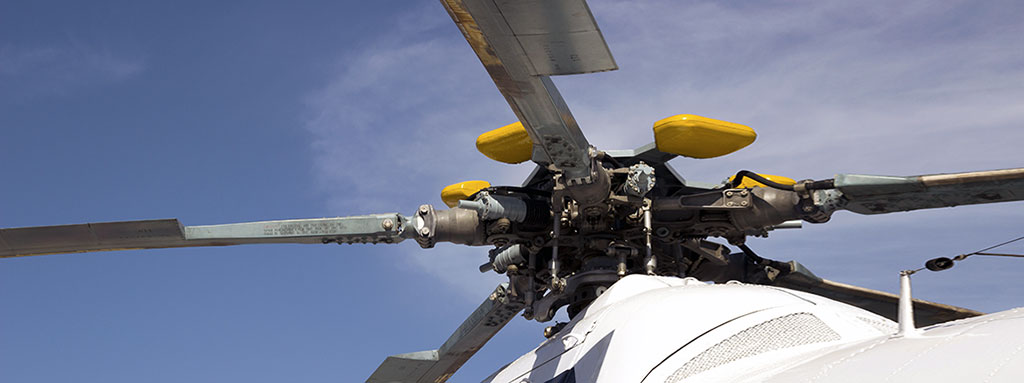Aerospace and Defence industries: An insight into the role of ASD
As you may – or may not – know ASD represents the European industry dedicated to aerospace and defence. With a total turnover of 197.3 billion euro, this industry employs close to 778,000 people across over 3,000 companies in Europe. Looking at the figures over the last five years, you can clearly appreciate that we are evolving into a growth sector, both in terms of business and in terms of highly skilled jobs.
However, the sector is facing some tough challenges. If you look at civil aviation for example, this sector has an order book that is full for the next five years, with important needs for a highly qualified workforce but with many difficulties in finding technicians and engineers, and also pilots – a real issue as without them, customers will not be able to fly the new generation of airplanes.
European aviation plays a key role in serving society’s needs for safe, secure and sustainable mobility – in Europe and all over the world.
In addition, European civil aviation, which today represents less than one quarter of the world market, is facing competition, in particular from countries which we used to call “emerging countries” but need to be considered today as upcoming “peers”.
Aviation has managed, over the last 40 years, to mitigate its impact on the environment, reducing noise and emissions by more than 70%. Today aviation represents only 2 % of CO2 emissions, whereas it counts for much more than that in economic development. The aeronautical manufacturing industry has already committed to continue its efforts by the adoption of new, even more binding standards for years to come.
As for safety, European aviation is among the safest in the world. The European industry has been a strong supporter of the creation of a European Aviation Safety Agency since the idea was first promoted. This agency should be independent in relation to technical matters and endowed with legal, administrative and financial autonomy. Thus, the industry expects to benefit from a regulatory and certification body powerful enough to help it to face international competition. EASA has to be the sole recognized tool of the civil aviation safety policy of Europe and its international role should be strengthened. This requires effective working methods and sufficient means to carry out the necessary certification tasks. Indeed the certification programme of many new aircraft types will be huge during the next few years and an absolute priority for the industry. The upcoming review of the EASA basic act is an opportunity to address those issues. This will be a key priority for ASD in addition to its continued day-to-day dialogue with EASA at all levels.
Last but not least, a few words about general aviation, which includes light aviation, business aviation and helicopters, an essential part of the civil aviation business. Here, there is a need for more proportionate rules, adapted to the safety risks and size of the activity. Indeed, ASD is concerned with the new EASA rules imposing restrictions for single engine helicopter operations over congested areas (cities). Based on safety data, these rules are not justified and should be reconsidered.
Maintaining the global leadership of the European aeronautical industry is one of our major challenges at ASD. Preserving and extending this lead is essential for strengthening Europe’s knowledge economy and industrial base, and for driving innovation. Working closely with its members, ASD ensures a comprehensive and unified front on all issues related to the European aerospace and defence industry and devises common solutions and maximises the benefits for the industry.
European aviation plays a key role in serving society’s needs for safe, secure and sustainable mobility – in Europe and all over the world. Continued growth in demand for air transport is anticipated for the foreseeable future. More than ever, sustainable mobility is at stake and it is essential that travel become even safer, secure, reliable, affordable and environmentally responsible. Technological innovation is a major contributor to achieving these ambitious targets.

Jan Pie
ASD / Aerospace and Defence Industries Association of Europe
Secretary General


